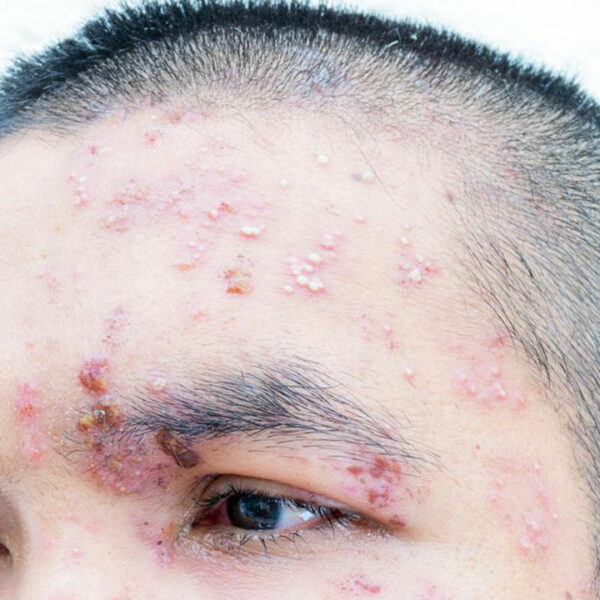
Here is Everything You Should Know about the Multiple Sclerosis Diet
Multiple sclerosis is a disease that attacks the central nervous system and has a potential to cause permanent disability. The condition is serious, affecting the brain and the spinal cord. When the protective sheath – myelin, is attacked by the immune system, multiple sclerosis is triggered. The nerve fibers are damaged due to lack of myelin and this leads to damage to the nerve signals between the brain and other body parts which further affects the communication process. The illness can also lead to deterioration and permanent damage to the nerves with each passing day. Multiple sclerosis has serious effects on the body and this entirely depends on the extent of damage to the nerves. The symptoms may differ from the nerve that is attacked. Moreover, every individual will experience different types of signs and symptoms. Some of the commonly experienced symptoms include: Thinking problems – An individual begins to find it difficult in understanding things and suffers from memory loss. Abstraction and processing information becomes a huge task for the patient. Loss of vision – Due to this disease, one has to also go through the loss of vision, either in one eye or both. Even the smallest eye movement stimulates excruciating pain to the patient.









